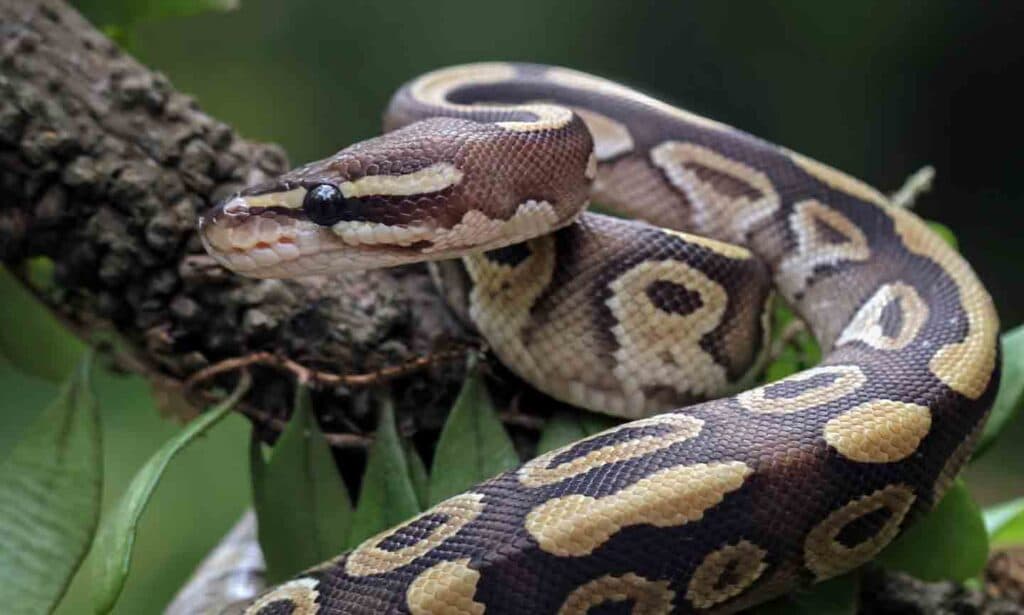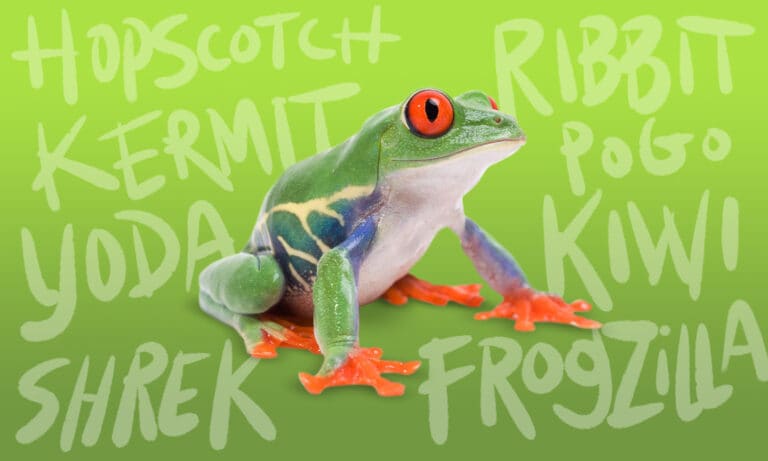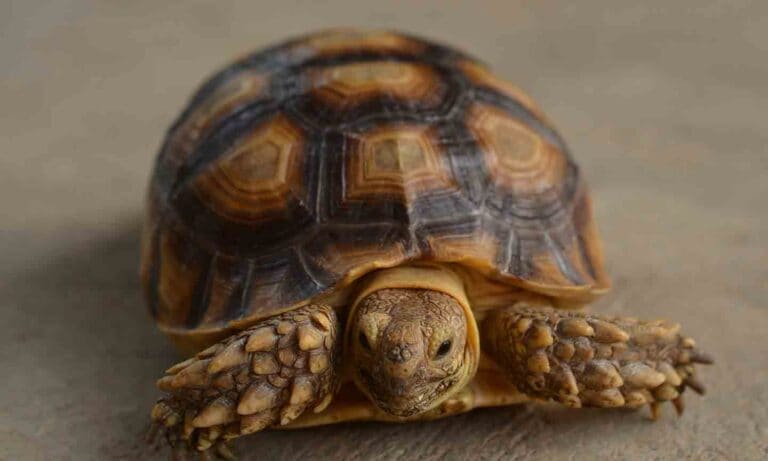The 10 Best Pet Snakes

1Corn Snake
- Scientific name: Pantherophis guttatus
- Average size: 4-5.5 feet
- Average life expectancy: 10-15 years
The docile and friendly corn snake is a great beginner snake. They come in a variety of colors and patterns, including albino, and can live a long time—up to 20 years or more—when cared for properly. These snakes can eat rodents, frogs, lizards, eggs and birds. “They tend to be hardier than many other snake species and can tolerate environmental changes more readily than many other species,” says Laurie Hess, DVM, Dipl ABVP (Avian Practice), owner/director of Veterinary Center for Birds & Exotics in Bedford Hills, New York.
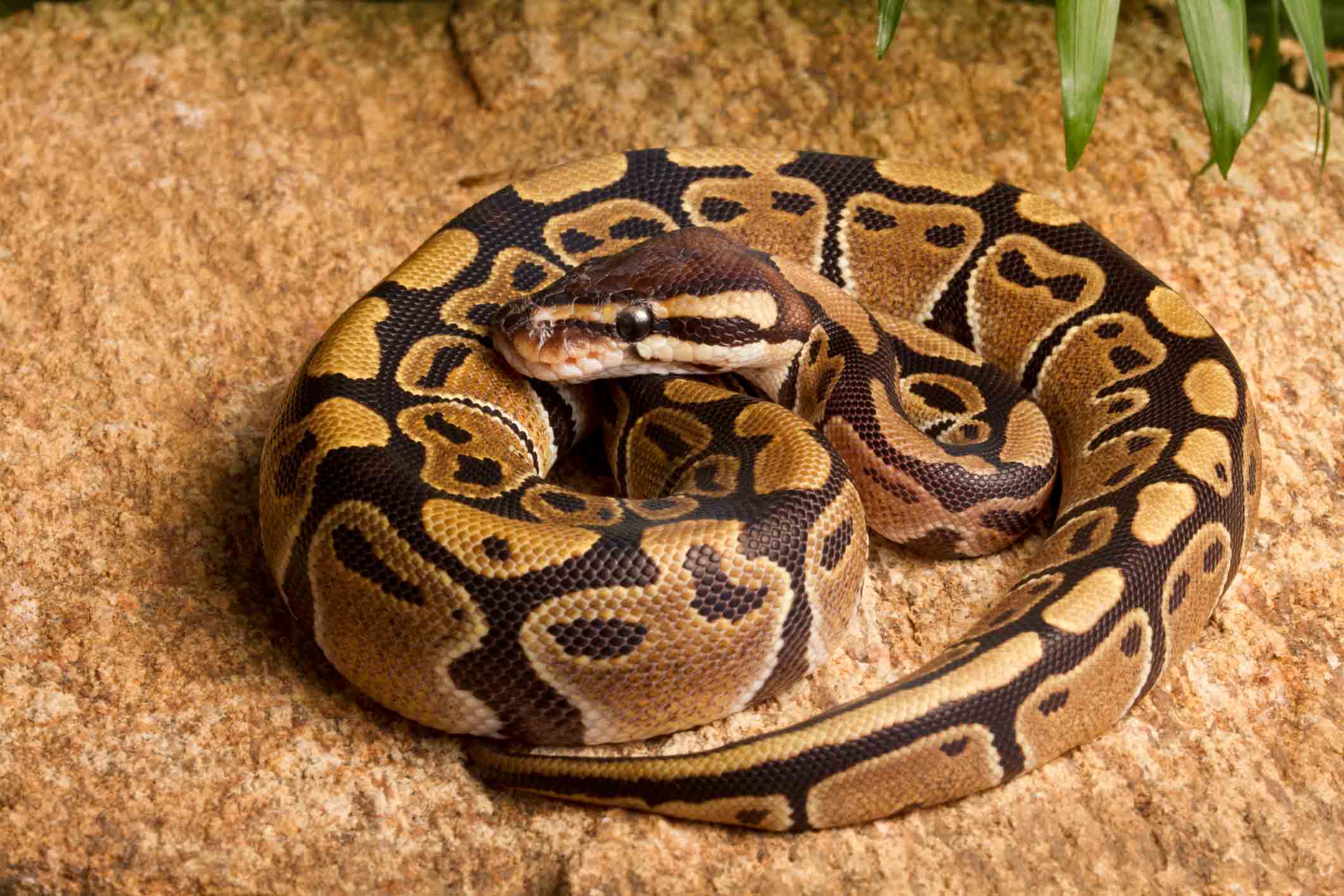
2 Ball Python
- Scientific name: Python regius
- Average size: 2-5 feet
- Average life expectancy: 15-20 years
Ball pythons come in a range of colors and patterns, and are suitable for beginner snake keepers. They can be shy, so it may take time for them to learn to trust you. They don’t get as big as many other snake species, so they can be a good choice for those living in an apartment or small home. Dr. Hess warns that if their needs aren’t met, they sometimes refuse to eat, but they can be gentle snakes when cared for properly. They eat rodents, and should have clean water at all times for drinking and soaking. Because they have a long lifespan, with the potential to live 30+ years, they are a long-term commitment.
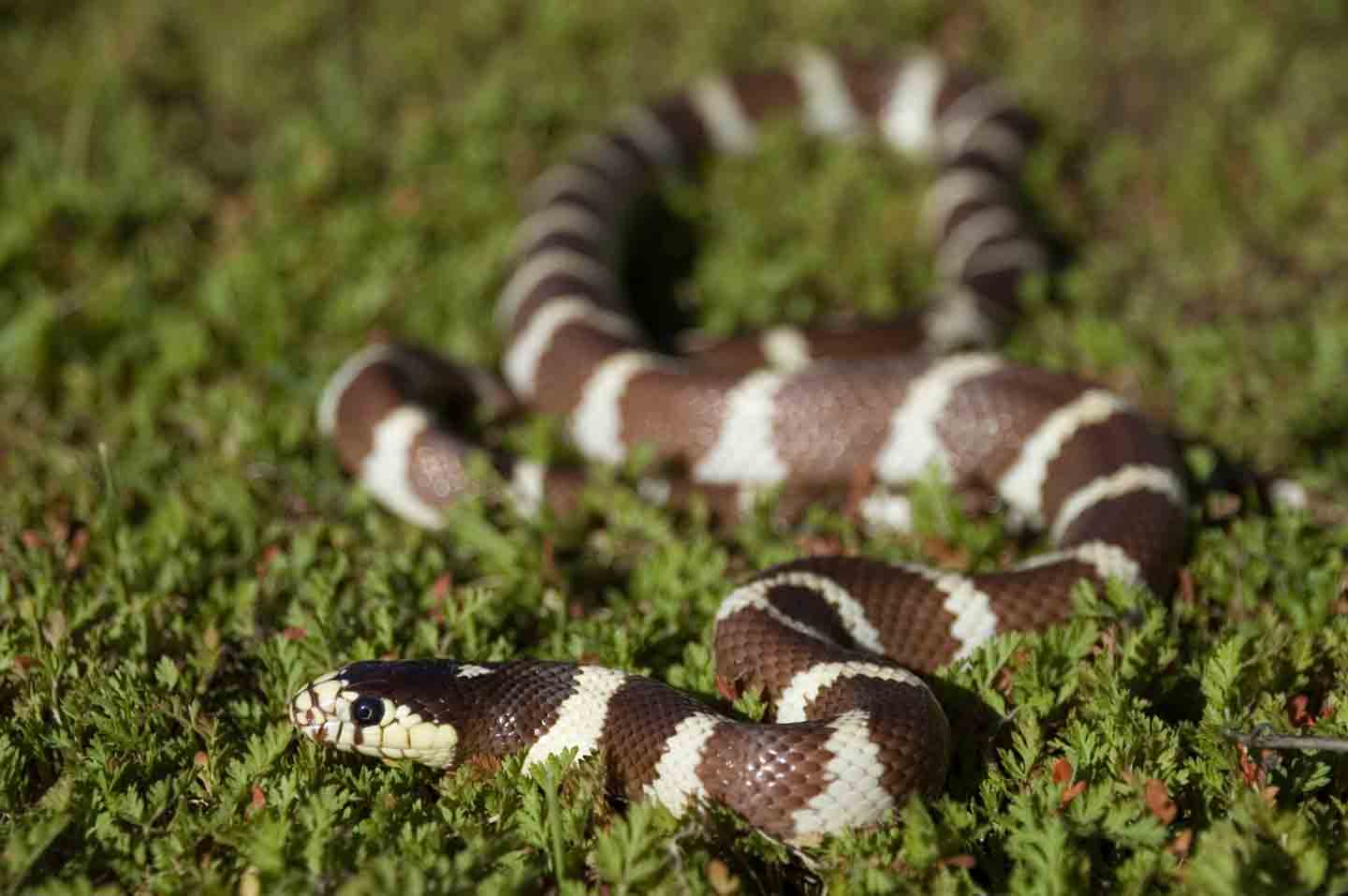
3California Kingsnake
- Scientific name: Lampropeltis getula californiae
- Average size: 3-4 feet
- Average life expectancy: 10-15 years
The California kingsnake is a popular type of snake that can be banded or striped, and their colors include black, white, tan, yellow and brown. They need a large and secure enclosure—these are escape artists. “Kingsnakes are very strong, like to escape, and don’t often like to sit still. They are best kept by pet parents with long-term snake experience,” says Dr. Hess. They can be fed rodents, and should be housed alone because they will eat other snakes. Also, this is another species that can live a long time, with a lifespan of over 20 years when properly cared for.
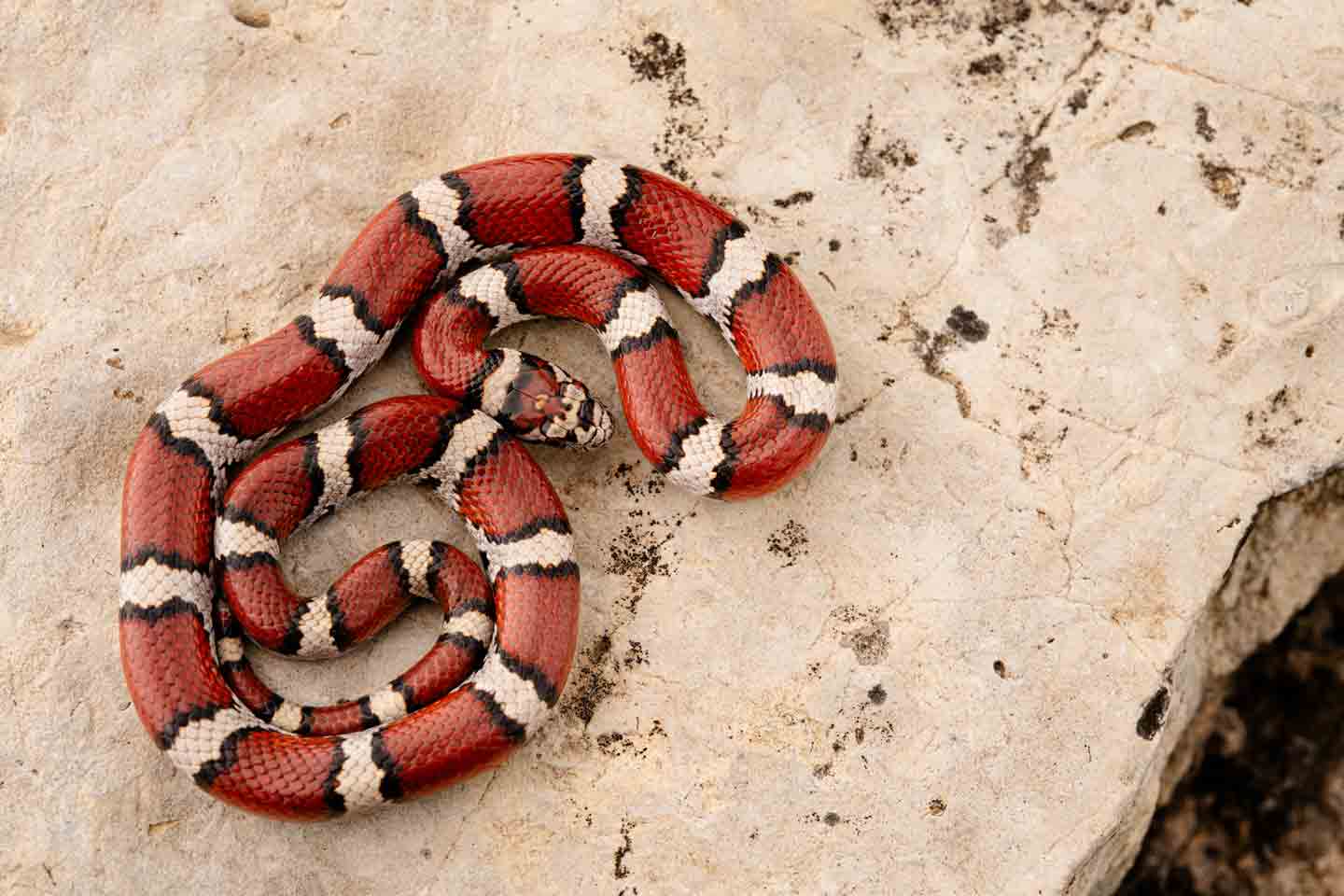
4Milk Snake
- Scientific name: Lampropeltis triangulum
- Average size: 2-4 feet
- Average life expectancy: 15+ years
There are many types of milk snakes, such as the Pueblan milk snake and Sinaloan milk snake, and most make great pets. Because of their red, black and yellow colors (except in the Eastern milk snake, which has shades of brown, black and grey), they look like the venomous coral snake, but they aren’t venomous. Fun fact: You can distinguish a milk snake from a coral snake by looking at the bands of color—in a coral snake, the red bands are next to the yellow bands, but in a milk snake, the red bands are next to the black ones. Milk snakes remain relatively small, and can live 15 or more years.
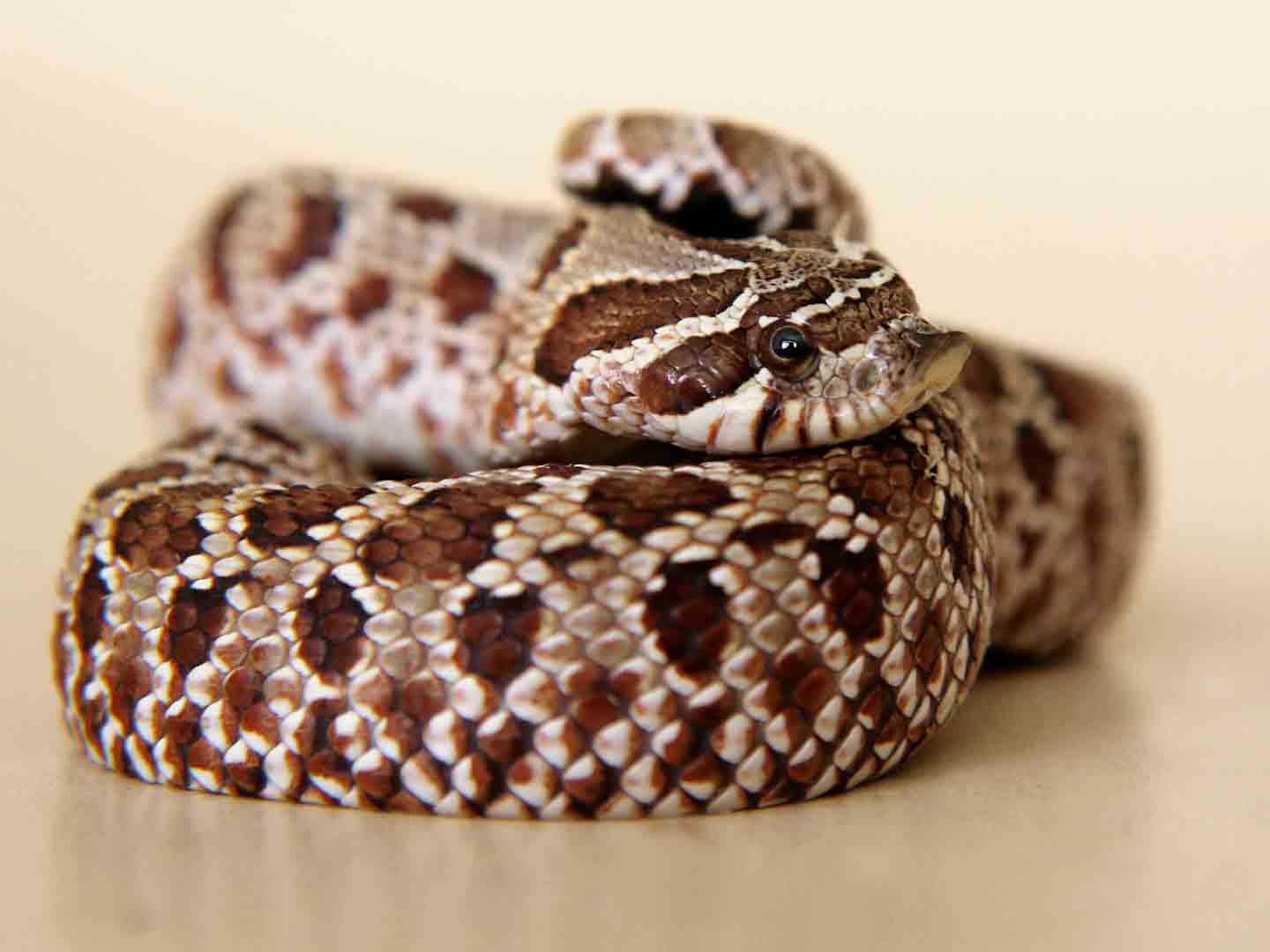
5Western Hognose Snake
- Scientific name: Heterodon nasicus
- Average size: 1-3 feet
- Average life expectancy: 18 years
The Western hognose snake is easy to handle, and is another species with a small size and long lifespan. What’s interesting about these snakes is that they exhibit dramatic bluff behaviors when they feel threatened—they’ll flatten their neck so they look hooded like a cobra, and they’ll hiss and strike with their mouth closed. They’ll even play dead until they feel safe. They also burrow. Dr. Hess says hognoses are best for experienced snake keepers because they frequently stop eating when kept as pets, so they need caretakers who will know how to rev up their appetite. It’s also worth noting that they’re rear-fanged and produce a mild venom, but they rarely bite and aren’t considered dangerous.

6Black Rat Snake
- Scientific name: Pantherophis obsoletus
- Average size: 3-6 feet
- Average life expectancy: 15+ years
As you may have guessed, black rat snakes are black in color, with a white belly. They make great pets for all levels of snake keepers because they can be comfortable with being handled once they’ve learned to trust you. These are constrictors, and like all snakes, they need to eat whole prey, so you can provide rodents. To give your pet variety, you can also give them eggs, chicks, lizards and frogs. Set up their enclosure with hiding places and branches, as they like to climb.
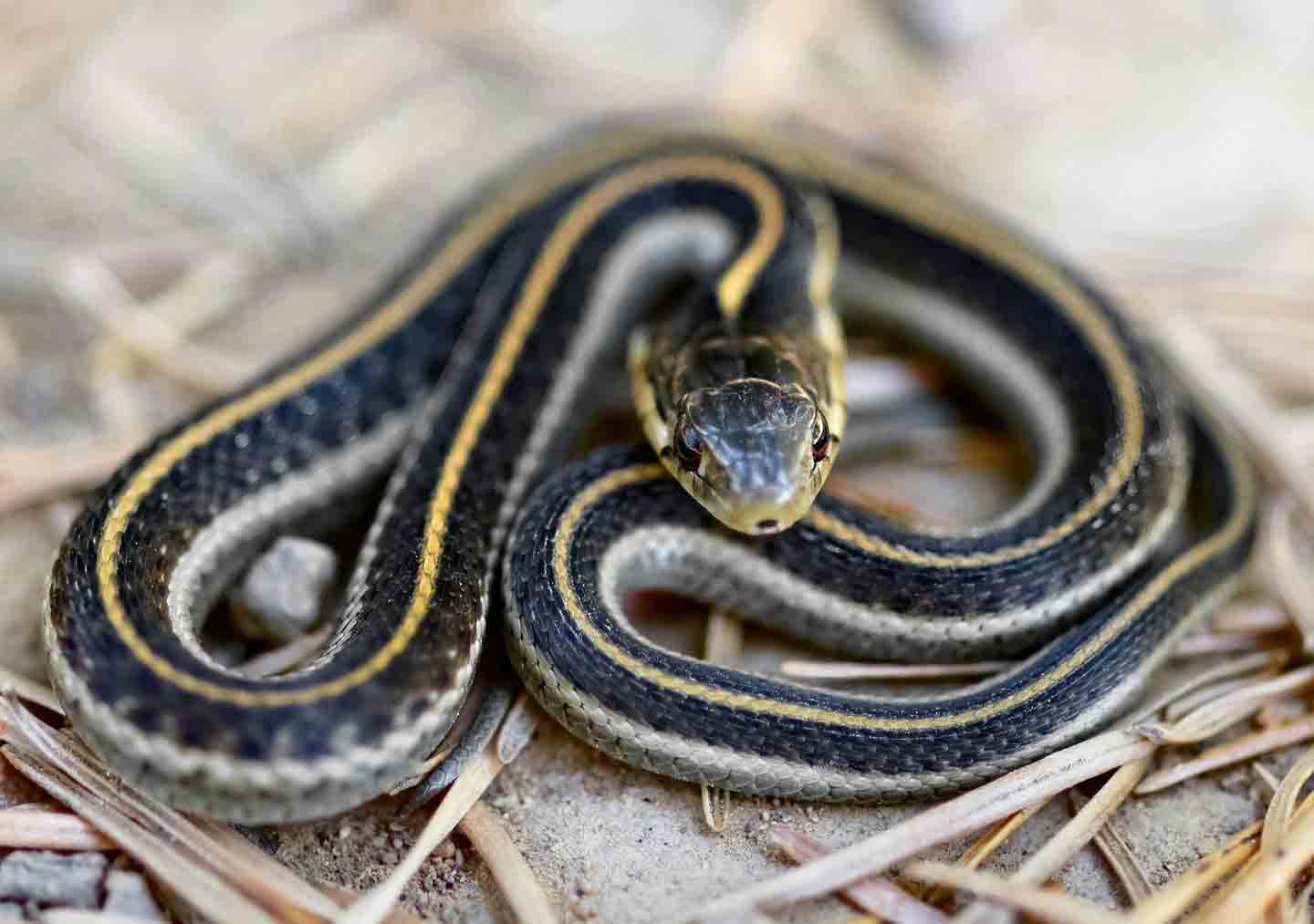
7Garter Snake
- Scientific name: Thamnophis
- Average size: 2-4 feet
- Average life expectancy: 10+ years
Garter snakes are small and thin, and a good species for first-time snake keepers. They don’t live as long as some other species, but can live over a decade when cared for properly. Also, because they’re active, they need a large enclosure despite their petite size, and they should have branches for climbing. In addition to feeding them rodents, you can provide some treats in the form of fish, amphibians and worms. Captive-bred garter snakes from reputable breeders are more likely to tolerate handling and life in captivity; as with all types of reptiles, it’s best to avoid buying any that were wild caught.
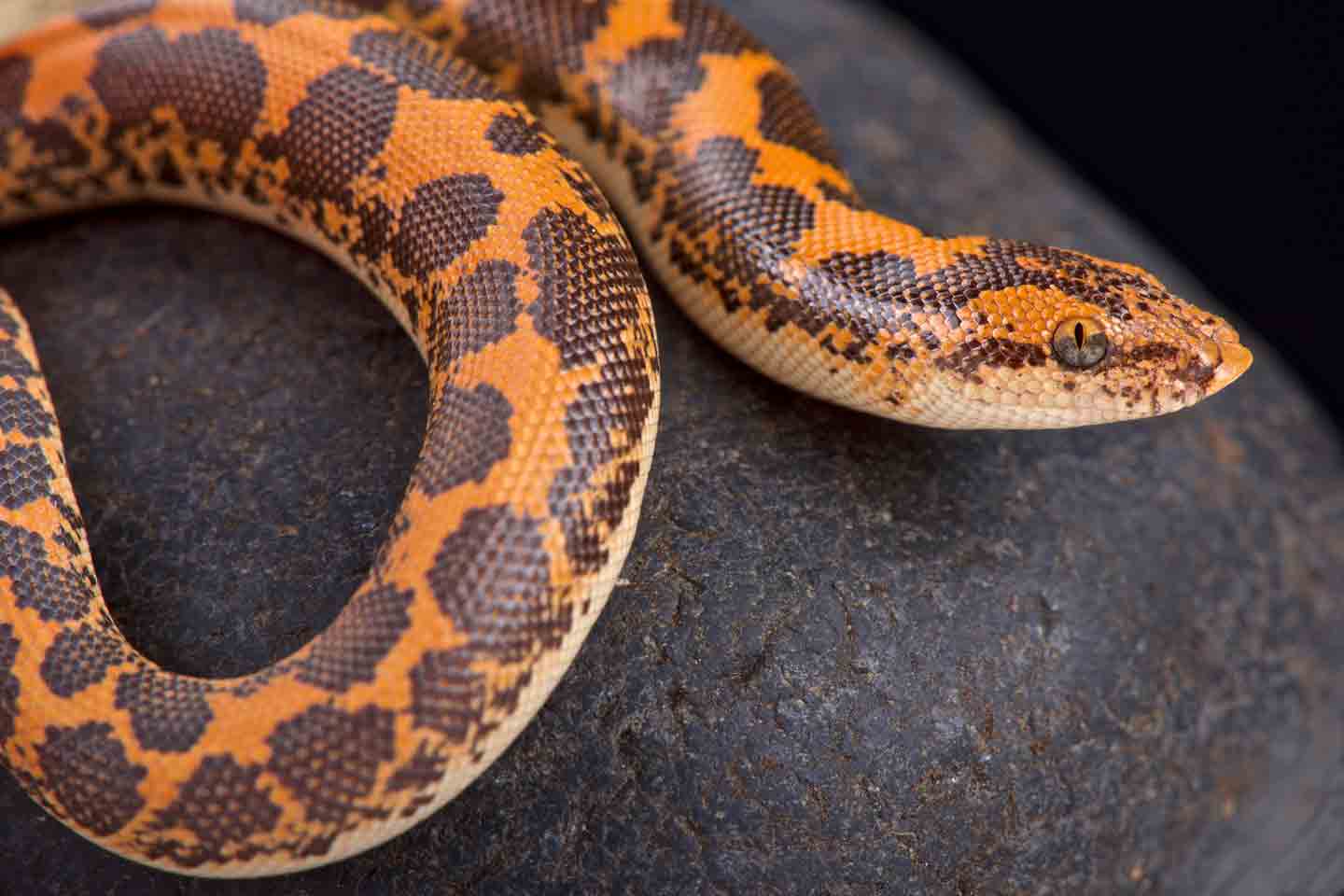
8Kenyan Sand Boa
- Scientific name: Gongylophis (Eryx) colubrinus loveridgei
- Average size: 2-3 feet
- Average life expectancy: 15-20 years
Kenyan sand boas are another snake species that’s easy to keep and easy to handle, experts say. They also stay small compared to other species, and are a good option for beginner snake keepers. Provide these docile snakes with sand that they can burrow under. You might even see them come out of hiding to grab their prey when it’s feeding time. These snakes are attractive, with a light-colored belly and brown or black splotches over a yellow or orange back. Captive-bred snakes can showcase other color morphs as well.
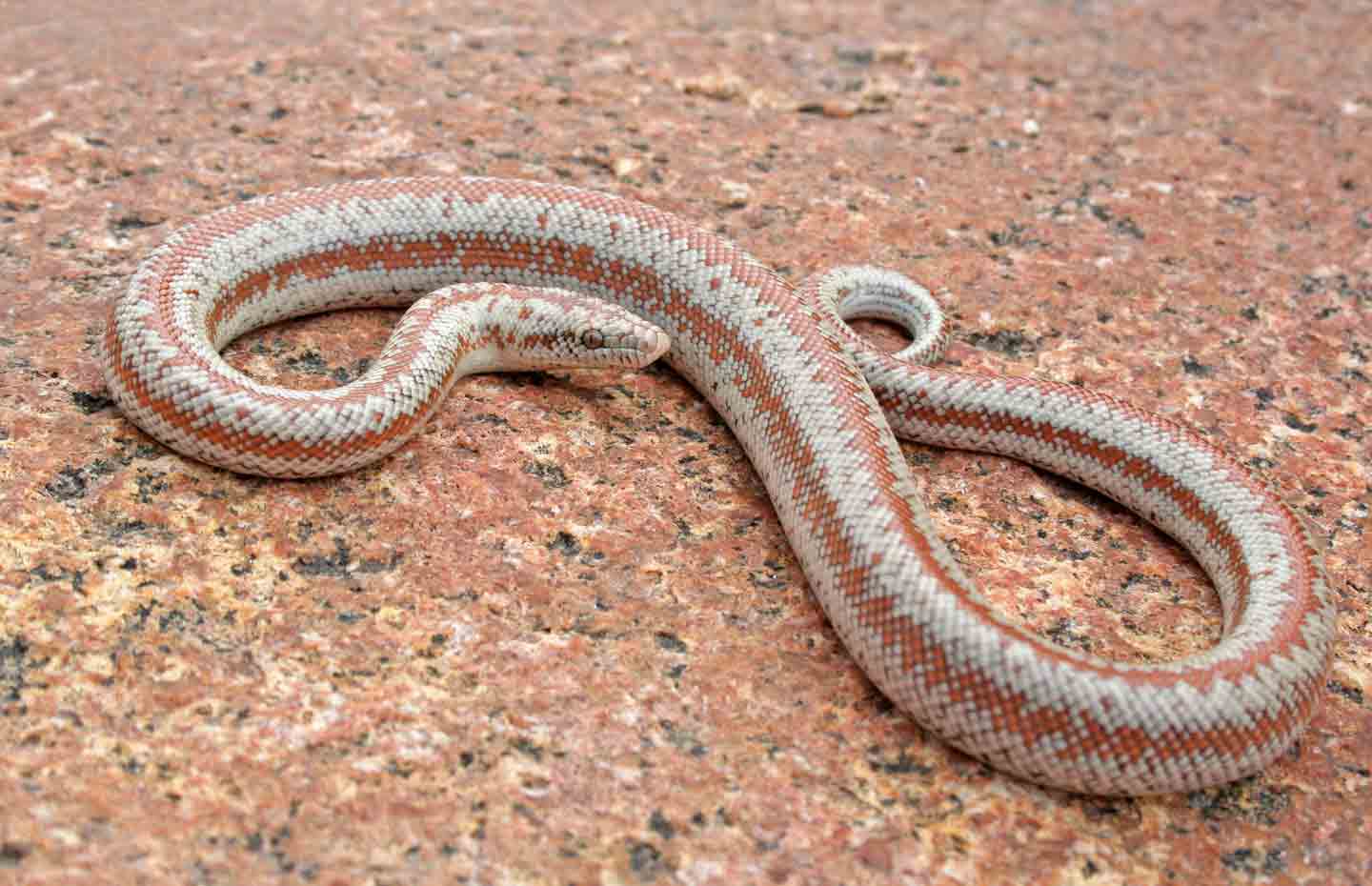
9Rosy Boa
- Scientific name: Lichanura trivirgata
- Average size: 2-3 feet
- Average life expectancy: 30+ years
The Rosy boa is a popular pet snake because of their docile temperament and small size. They come in various eye-catching color combos—their striped body can feature colors like rose, orange, beige, blue/gray and brown. A secure enclosure is necessary to keep these snakes from escaping, and it should include rocks and hiding places. They tend to be active during the night, and can become used to handling. Feed them rodents like you would other snakes, increasing the size of the prey as your snake grows.
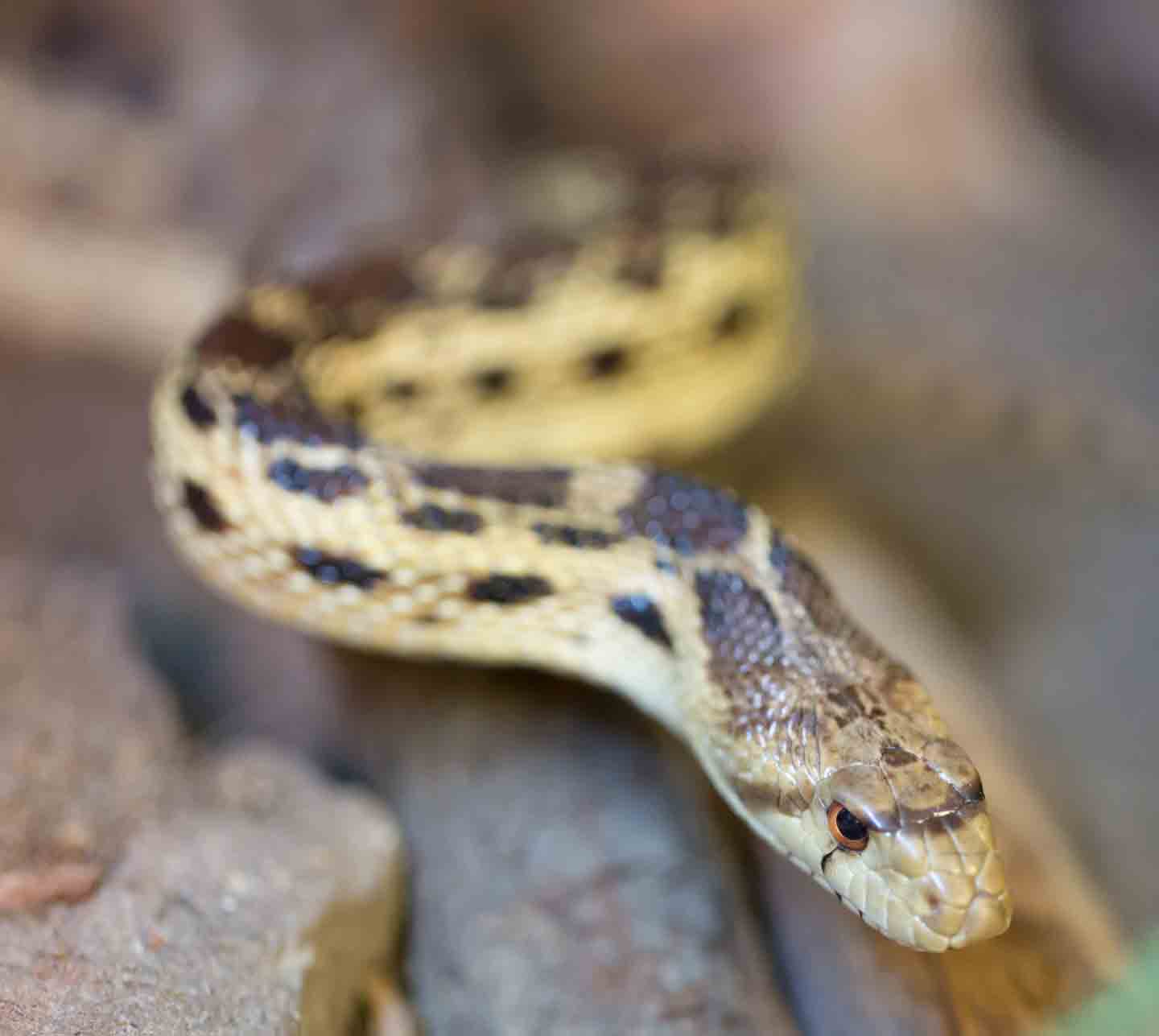
10Gopher Snake
- Scientific name: Pituophis catenifer
- Average size: 4-6 feet
- Average life expectancy: 15 years
There are multiple subspecies of gopher snakes, including the bull snake, which is the biggest. These are constrictors that are considered low-maintenance, hardy and easy to keep. They are yellow or beige with blotches that are brown or black, and they have a light-colored belly. These snakes are easy to purchase as pets, but be sure to set up a secure enclosure to prevent them from escaping. When threatened, they try to mimic rattlesnakes by coiling, flattening their head and making a rattling sound.
Snakes To Avoid
Not all snakes make good pets, especially if they’re dangerous, like anacondas and rattlesnakes. And some, like the boa constrictor, get so large and strong that they’re only appropriate for experienced snake owners.
“Pet parents should avoid keeping venomous snakes of any kind, and any snake that is known to get very large (longer than 5 to 6 feet). These snakes are truly only for advanced keepers who have the knowledge, experience and space to keep potentially dangerous animals in their homes,” says Dr. Hess.
Also, before selecting a snake species, check your local laws to be sure it’s legal to keep them as a pet.
Douglas Mader, MS, DVM, is the author of “The Vet at Noah’s Ark: Stories of Survival from an Inner-City Animal Hospital” and owner of Tropical Veterinary Services in the Florida Keys. He advises against keeping the following snakes as pets:
- Burmese python
- Red tail boa
- Rock python
- Blood python
- Green tree python
Caring for Snakes
Snakes are complex creatures, and different species have varying care requirements when it comes to their habitat and diet—they can even differ in their tolerance for handling. It’s extremely important that you do enough research to fully understand a snake’s husbandry needs. That way, you can figure out the best snake for you.
Diet
All snakes are carnivores, so they’ll need either frozen or live prey. Frozen prey is recommended because live prey could cause serious injuries to a snake. Plus, it’s easy to purchase frozen prey and store it until you’re ready to thaw it and give it to your pet.
Depending on the species, a snake may prefer eating mammals, birds, eggs, invertebrates, fish, amphibians or small reptiles. The amount that they’ll need and the frequency of feedings will depend on the species in addition to the age and size of the snake.
Habitat
In the same way that each snake species has their own feeding requirements, different types of snakes need different habitats. “Depending on the species, snakes have specific temperature, lighting and humidity requirements to do well in captivity,” says Dr. Hess. “Also, snakes have behavioral needs; some like to dig while others like to climb. Their habitats must be set up to allow them to express these behaviors.”
For example, some snakes prefer a sand substrate while others need dirt. Also, some snakes need to be able to climb branches and require a tall terrarium. All snakes should have hiding places and a water dish within their enclosure, and some will need a water dish that allows them to soak in it comfortably.
Another thing to consider is the size of the habitat and if you’ll need to transition to a larger one as your snake grows, as some can grow to be several feet long. “Pet parents need to be able to adapt and modify their snake’s habitat to keep up with their changing needs as they grow,” says Dr. Hess.
Handling
If you want to be able to handle your snake, be sure to select a species that won’t mind it. However, it’s also important to get to know your individual snake and their tolerance for handling.
“While many species of snakes can be handled safely and get to know their owners over time with regular handling, even the most docile snake can be temperamental at times,” says Dr. Hess. “In particular, snakes that are shedding their skin can be moody and sometimes more aggressive. Pet parents should avoid handling their snakes while their pets are shedding.”
When To See a Vet
An annual veterinary exam can let you know if your snake is healthy or if they have a problem that needs treatment. Choose an exotic pets veterinarian with experience in treating snakes.
If you notice changes in the behavior or appearance of your snake, have them checked by a vet right away. Signs that something is wrong include:
- Changes in appetite
- Difficulty shedding
- Difficulty breathing
- Weight loss
- Discharge
- Weakness
- Lethargy
- Lumps or swelling
- Straining to pass droppings or decreased passage of droppings
- Changes in behavior, such as hiding or aggression
FAQs About Pet Snakes
Q:Are snakes good pets?
A:Snakes can make good pets, but there’s a lot to consider before getting one. “A snake can make a good pet for people who do their research ahead of time to understand the animal’s environmental, nutritional and behavioral requirements,” says Dr. Hess. Also, because some can live 20 or more years, they are a long-term responsibility.
Q:Do snakes bond with their owners?
A:As you care for your snake daily, they will begin to recognize you and can bond with you. It’s best to gently handle your snake regularly, starting from when you first get them, so they can learn to trust you.
Q:Is it safe to own a pet snake?
A:Choosing the right snake species and providing them with proper care can ensure they’ll be safe to keep. Dr. Hess warns that snakes kept in inappropriate conditions and not fed properly may become more aggressive.
Q:Can you keep venomous snakes as pets?
A:Laws in some states prohibit keeping venomous snakes, but even if you live someplace that allows it, veterinarians generally recommend against it. “I do not recommend that anyone keep a venomous snake as a pet,” says Dr. Mader.
If you’re interested in becoming a snake keeper, it’s imperative that you select the right snake species—the 10 listed above are a good place to start. These pets have specific needs that have to be met for them to remain happy and healthy. If you find that a snake isn’t the ideal pet for you, perhaps another reptile, such as a lizard, would be a better choice.
Expert input for this article provided by Laurie Hess, DVM, Dipl ABVP (Avian Practice), Owner/Director, Veterinary Center for Birds & Exotics in Bedford, New York; and Douglas Mader, MS, DVM, owner of Tropical Veterinary Services in the Florida Keys, Florida.
Share:
